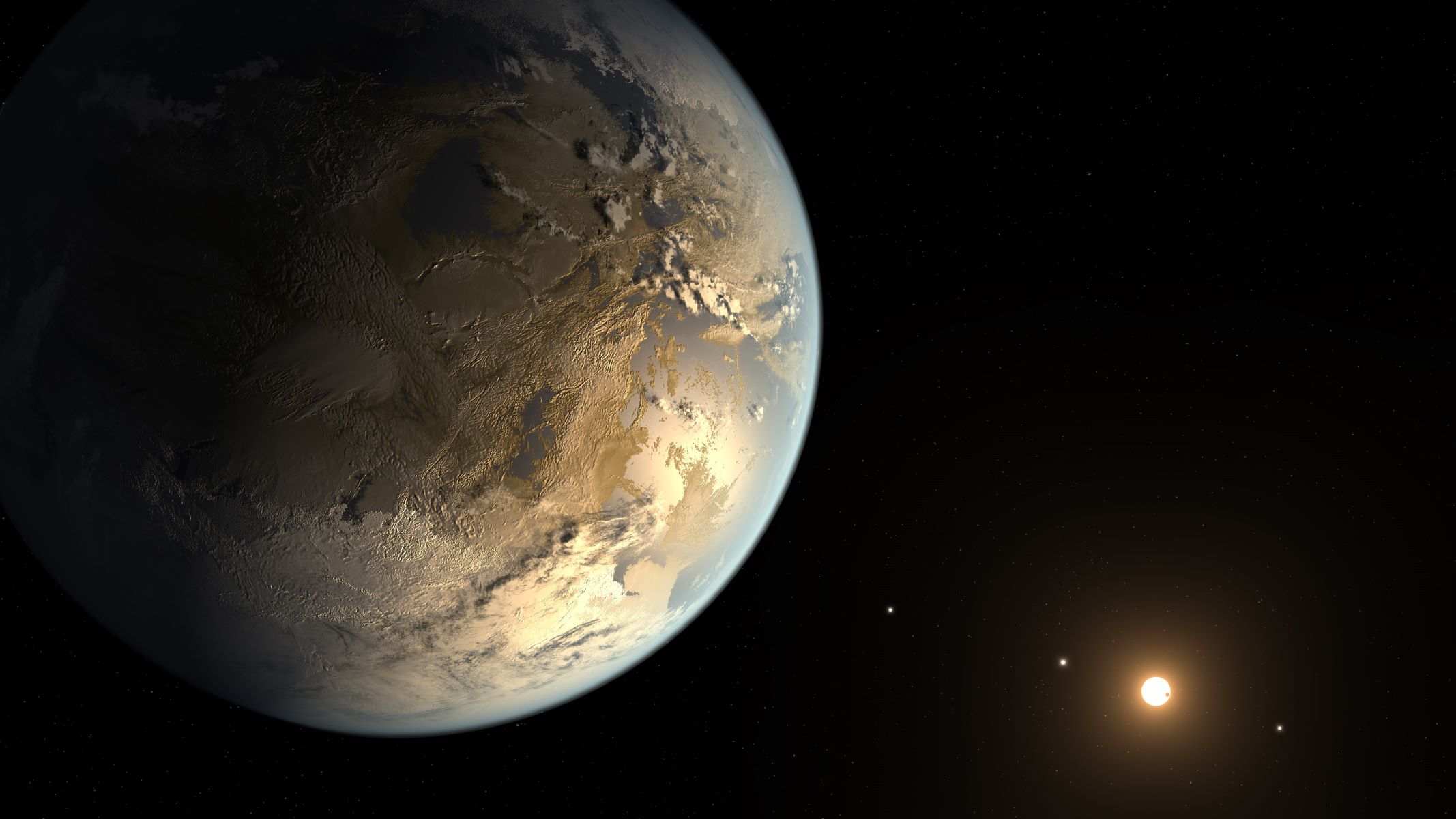
Kepler-186f is a fascinating exoplanet that has captured the imagination of scientists and space enthusiasts alike. Discovered by NASA's Kepler Space Telescope, this distant world orbits within the habitable zone of its star, Kepler-186. But what makes Kepler-186f so special? It's the first Earth-sized planet found in the habitable zone of another star, raising intriguing possibilities about the existence of life beyond our solar system. With a radius just 10% larger than Earth's, Kepler-186f offers a tantalizing glimpse into what other Earth-like planets might be like. Join us as we delve into 26 great facts about this remarkable exoplanet, from its discovery to its potential for hosting life.
What is Kepler-186f?
Kepler-186f is an exoplanet that has captured the imagination of scientists and space enthusiasts alike. Discovered by NASA's Kepler Space Telescope, this distant world orbits a star in the constellation Cygnus. Here are some fascinating facts about Kepler-186f.
- Kepler-186f is located about 500 light-years from Earth.
- It was discovered in 2014 by NASA's Kepler Space Telescope.
- This exoplanet orbits a star known as Kepler-186, which is a red dwarf.
- Kepler-186f is the first Earth-sized planet found in the habitable zone of its star.
- The habitable zone is the region around a star where conditions might be right for liquid water to exist.
Characteristics of Kepler-186f
Understanding the characteristics of Kepler-186f helps scientists determine its potential for supporting life. Let's explore some of its key features.
- Kepler-186f has a radius about 1.1 times that of Earth.
- Its mass is estimated to be similar to Earth's, though exact measurements are challenging.
- The planet has a year that lasts about 130 Earth days.
- Kepler-186f receives about one-third the sunlight that Earth does.
- The surface temperature of Kepler-186f could be cooler than Earth's, depending on its atmosphere.
The Star Kepler-186
The star that Kepler-186f orbits plays a crucial role in the planet's environment. Here are some interesting facts about Kepler-186.
- Kepler-186 is a red dwarf star, smaller and cooler than our Sun.
- It has about half the mass and size of the Sun.
- Red dwarfs like Kepler-186 are known for their long lifespans, often lasting billions of years.
- Kepler-186 emits less light and heat compared to our Sun.
- The star's lower energy output means its habitable zone is much closer than the Sun's.
Potential for Life on Kepler-186f
The possibility of life on Kepler-186f is a topic of great interest. Here are some facts that highlight its potential.
- Kepler-186f's location in the habitable zone suggests it could have liquid water.
- The planet's size and mass indicate it might have a rocky surface.
- If Kepler-186f has an atmosphere, it could protect the planet from harmful radiation.
- The presence of water and a stable atmosphere are key factors for supporting life.
- Scientists are using models to predict the climate and conditions on Kepler-186f.
Challenges in Studying Kepler-186f
Despite the excitement, studying Kepler-186f presents several challenges. Here are some of the obstacles scientists face.
- Kepler-186f is 500 light-years away, making direct observation difficult.
- Current technology limits our ability to analyze the planet's atmosphere.
- The faint light from Kepler-186 makes it hard to gather detailed data.
- Future telescopes, like the James Webb Space Telescope, may provide more insights.
- Understanding the planet's composition requires advanced techniques and instruments.
Future Exploration of Kepler-186f
The quest to learn more about Kepler-186f continues. Here are some future plans and hopes for exploration.
- Scientists hope to use next-generation telescopes to study Kepler-186f in greater detail.
Kepler-186f: A Glimpse into the Unknown
Kepler-186f has captured our imagination with its potential to host life. This exoplanet, orbiting a red dwarf star, sits in the habitable zone where liquid water might exist. Its Earth-like size and distance from its star make it a prime candidate for further study. Scientists are eager to learn more about its atmosphere, surface conditions, and potential for supporting life. While we don’t yet know if Kepler-186f harbors life, its discovery has fueled our curiosity and expanded our understanding of the universe. As technology advances, we may one day unlock more secrets of this distant world. For now, Kepler-186f remains a tantalizing mystery, reminding us of the vast possibilities that lie beyond our solar system. Keep an eye on future missions and research, as they may bring us closer to answering the age-old question: Are we alone in the universe?
Was this page helpful?
Our commitment to delivering trustworthy and engaging content is at the heart of what we do. Each fact on our site is contributed by real users like you, bringing a wealth of diverse insights and information. To ensure the highest standards of accuracy and reliability, our dedicated editors meticulously review each submission. This process guarantees that the facts we share are not only fascinating but also credible. Trust in our commitment to quality and authenticity as you explore and learn with us.


